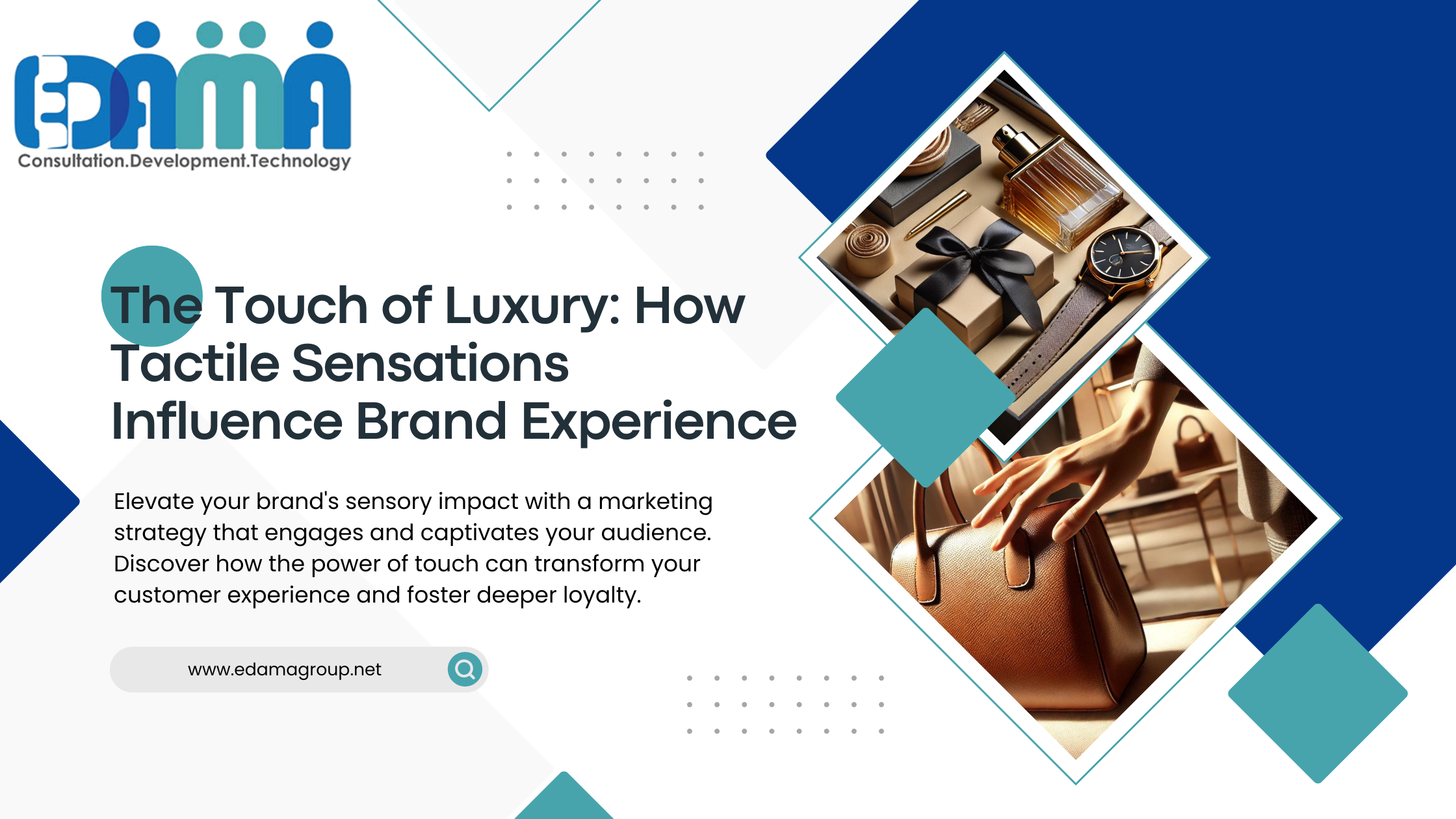Introduction
Just as two close friends might share a secret language only they understand, brands too have their own way of communicating with us, on a level we often don’t even realize. Have you ever wondered how a logo, color scheme, or slogan makes you feel a certain way? Welcome to the secret language of brands, where psychology, symbolism, and design come together to shape our perceptions and influence our decisions. In this blog, we’ll uncover the hidden messages that brands use to connect with consumers.
Visual Language: The Silent Power Behind Brands
You may not realize it, but brands speak to you all the time without saying a word. This secret communication happens through something called visual language, where brands use colors, shapes, logos, and other visual cues to tell their story. It’s not just about looking pretty, it’s about conveying values, emotions, and ideas that help you connect with the brand on a deeper level. Think about your favorite brands for a second. What colors do they use? What shapes? How do they make you feel? All of that is the power of visual language at work, guiding your perception and decision-making without you even realizing it.
The Role of Visual Language in Shaping Brand Identity
Visual language plays a key role in shaping brand identity by combining elements like logos, fonts, colors, and shapes to create a memorable image. When you see Nike’s swoosh or Apple’s sleek design, you instantly recognize the brand, right? That’s the power of visual language. These elements are carefully designed to reflect a brand’s values. For example, Apple’s minimalist look communicates innovation and simplicity, while Coca-Cola’s red evokes excitement and energy.
Every visual choice matter, especially colors. Warm hues like red or orange trigger excitement, while cooler tones like blue and green evoke calm or trust. The next time you see a brand, notice its color scheme—it’s no accident. These visuals are designed to influence how you feel about the brand.
Case Study: EDAMA’s Visual Language

EDAMA Consulting Group’s logo is a great example of how visual language can communicate a brand’s identity and values effectively. The design seamlessly combines elements—shapes, colors, and symbols—that align with the company’s mission of consultation, development, and technology.
- People as a Central Symbol: The human-like figures formed by the letters, highlight EDAMA’s focus on people, collaboration, and personalized solutions.
- Fluid Shapes for Innovation: The rounded, fluid shapes convey innovation, flexibility, and openness, mirroring EDAMA’s forward-thinking and adaptable approach.
- Blue and Green Color Palette: Blue represents trust and professionalism, while green symbolizes growth and sustainability, reflecting EDAMA’s commitment to reliable, growth-oriented services.
- Hidden Message of Teamwork: The side-by-side human figures symbolize teamwork and collaboration, reinforcing EDAMA’s focus on shared solutions and collective goals.
Understanding the Power of Brand Messaging
Brand messaging is how a company talks to you, sharing its values, promises, and personality. It’s more than just words; it’s the heart of how you connect with a brand. Think of it like having a conversation with a friend—you want it to be engaging, clear, and consistent. Whether through catchy taglines or a company’s tone of voice, brand messaging shapes how you feel about the brand. A great message sticks with you, helping build trust and loyalty.
Core Elements of Brand Language
Brand language isn’t just fancy words. It includes everything from slogans to the tone used in social media posts. Taglines like “Just Do It” are short, memorable, and packed with meaning. But it’s also about how a brand speaks to you across different channels. Is it friendly and casual? Or formal and professional? Whatever the style, consistency is key in making the brand recognizable and relatable.
The Magic of Brand Storytelling
Brand storytelling is more than just selling a product—it’s about sharing a narrative that connects with you on a personal level. Stories are powerful because they spark emotions, making you feel like part of the brand’s journey. Whether it’s a story of innovation, sustainability, or overcoming challenges, great brands use storytelling to create meaningful relationships with their audience. Think about the brands you love, their story made you feel something.
How Stories Shape Brand Language
A good story doesn’t just entertain, it shapes the brand language, influencing how you perceive the company. By using stories, brands communicate their values in a way that sticks with you. Whether it’s a heartfelt campaign or a tale of innovation, storytelling helps brands show who they really are. The next time you hear a brand’s story, pay attention to how it makes you feel, because that’s the secret sauce behind strong brand language.
Ready to unlock the power of your brand’s visual and messaging language? Let EDAMA Consulting Group help you craft a marketing strategy that resonates with your audience and drives results. Contact us today to start building a brand that speaks volumes without saying a word.
Call us now! 0795465613
Author: Lina Al-Wahaidi, E-Marketing Specialist at EDAMA Consulting Group.





